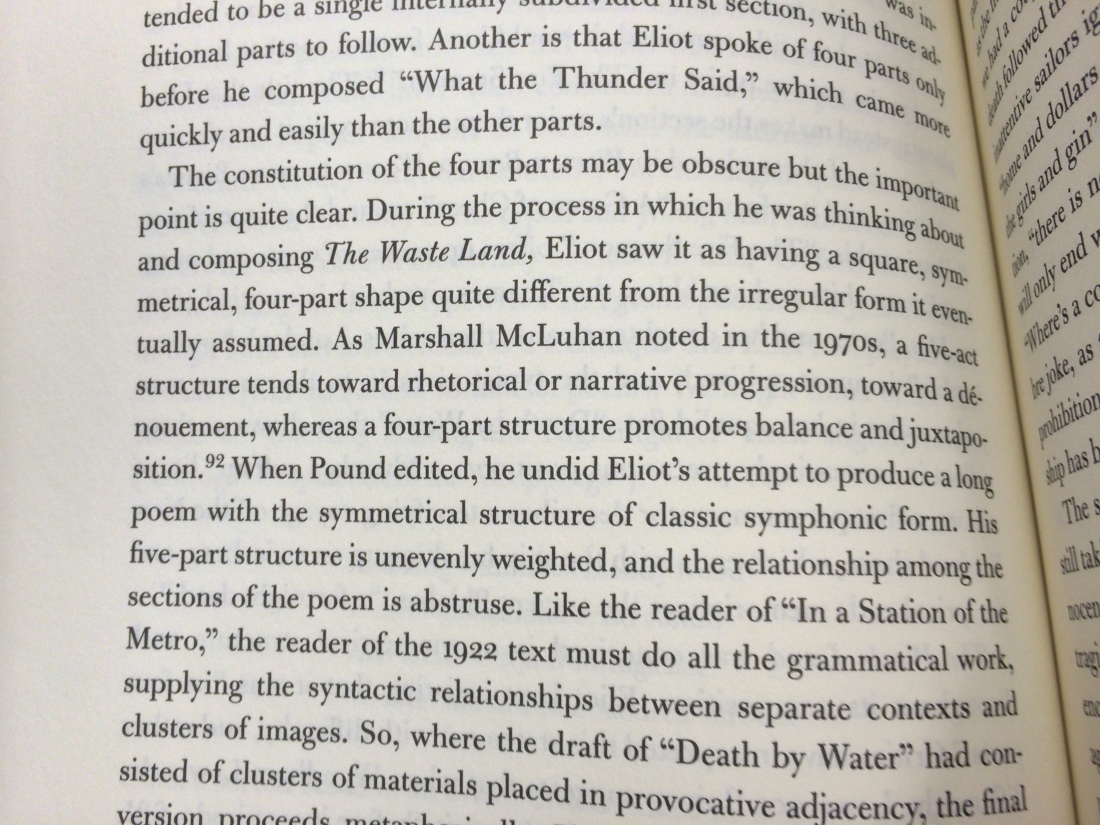
Today is the second annual Day of Digital Archives, an effort to promote and explain what those of us working in or with digital archives are doing on a daily basis.
I wrestle with explaining this every time I’m asked what I do here. If I carry on too long I risk losing interest; too short or technical an explanation and my job remains obscure – not a good thing. I want my work, and the work in digital archives in general, to be widely understood and appreciated.
And so:
I work to ensure long-term and reliable access to the digital records of Mississippi government.
It’s perhaps wordy, but the best I’ve come up with – it describes what you get from my work (long-term access to digital public records of the state government) and the scope of the work without getting into the detailed reality of day-to-day tasks and projects.
So–what is that detailed reality? Here’s a rundown of what I’ve been doing lately:
• Working in Electronic Archives to manage a transition to DSpace for our digital repository. This entails metadata scrubbing (using Google Refine) and normalization to Dublin Core, along with writing import scripts, settling on organizational policies, and server administration.
As an example, we’ve just finished a routine to bundle relatively legacy MARC21 data – both a binary .dat file and XML – with the record in its new home. It’s great to retain this data in the event we overlook a piece of metadata in the migration.
I’m very excited about this project – DSpace will serve as a central store and get us closer to the services we would like to offer users when accessing digital material here.
• Processing born-digital records from state agencies and offices. This entails description, scanning for confidential data, format migrations, and generating an online access point for the material.
• Delivering electronic records training to state and local agency staff — I train both local government employees and state staff on best practices in managing their digital records.
• Managing the department’s Flickr account, where we share scans of our archival photos.
• Sharing duties on the Education Subcommittee of the State Electronic Records Initiative.
• Lately we have been looking into state agency web sites and social media to see what content is being made there that should be preserved. I hope to have more news on this in the near future.
It’s not an exhaustive list, but it’s some indication of daily work.
So this is the sort of thing I do. It’s a mix of technical work – stuff like Unix, Python and Java – and applying best practice in the records and archives fields to the unique circumstances here. It’s a good field to be in – lots of creative problem solving, lots of new technologies and tools in development, and you get to work with lots of smart, earnest people — always a huge plus.





